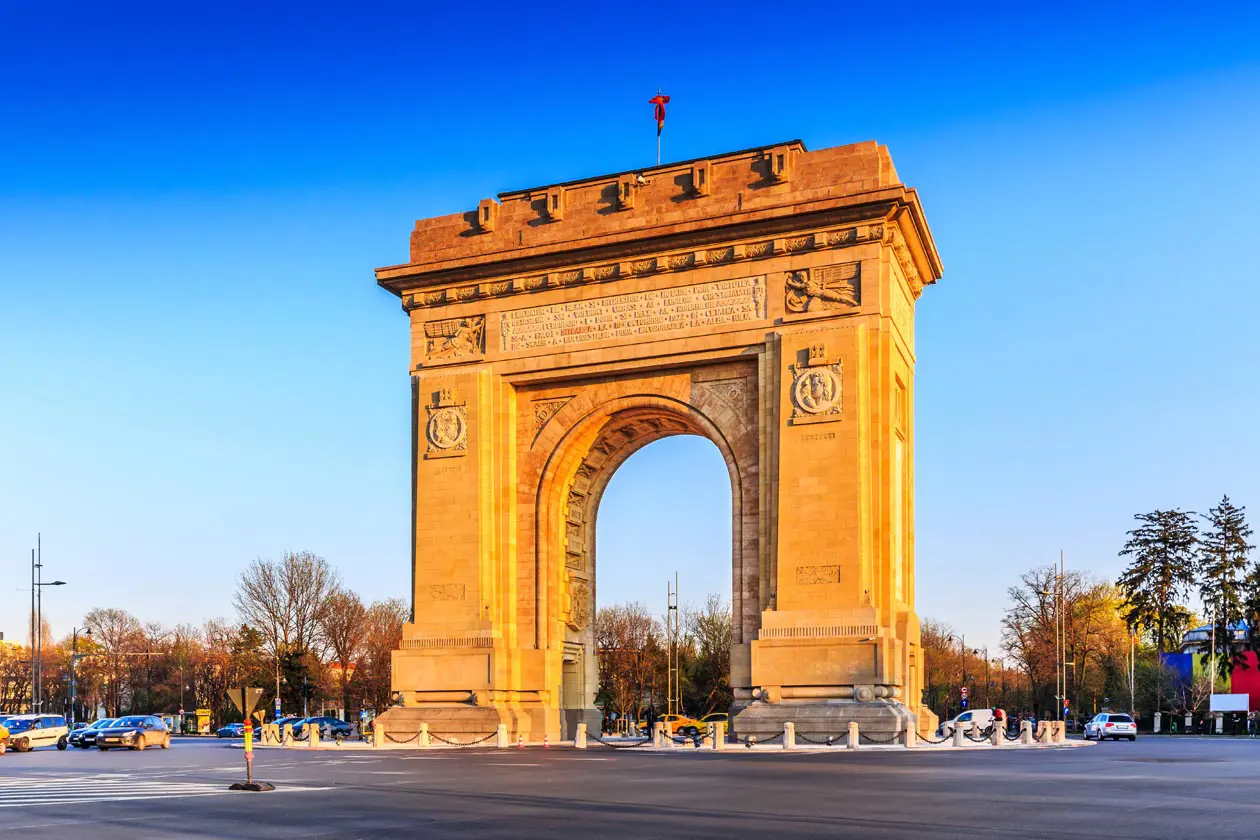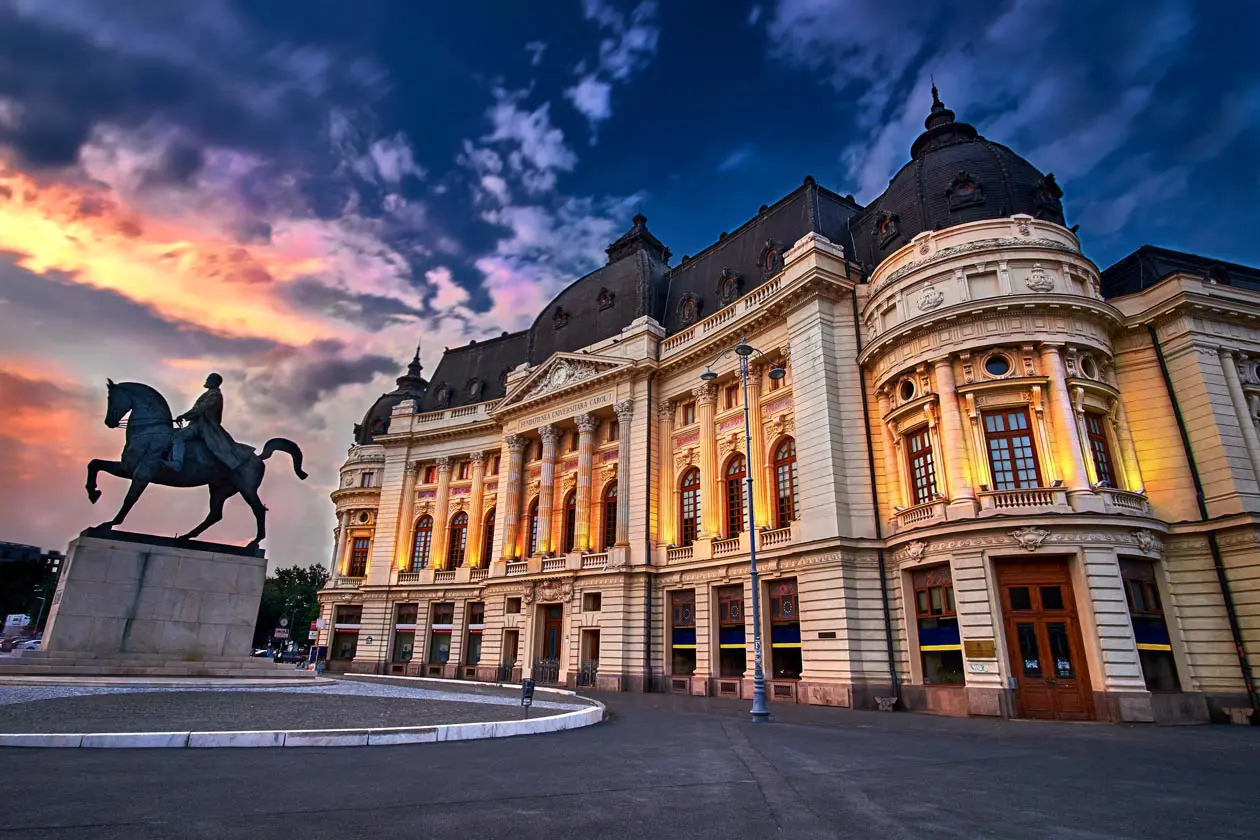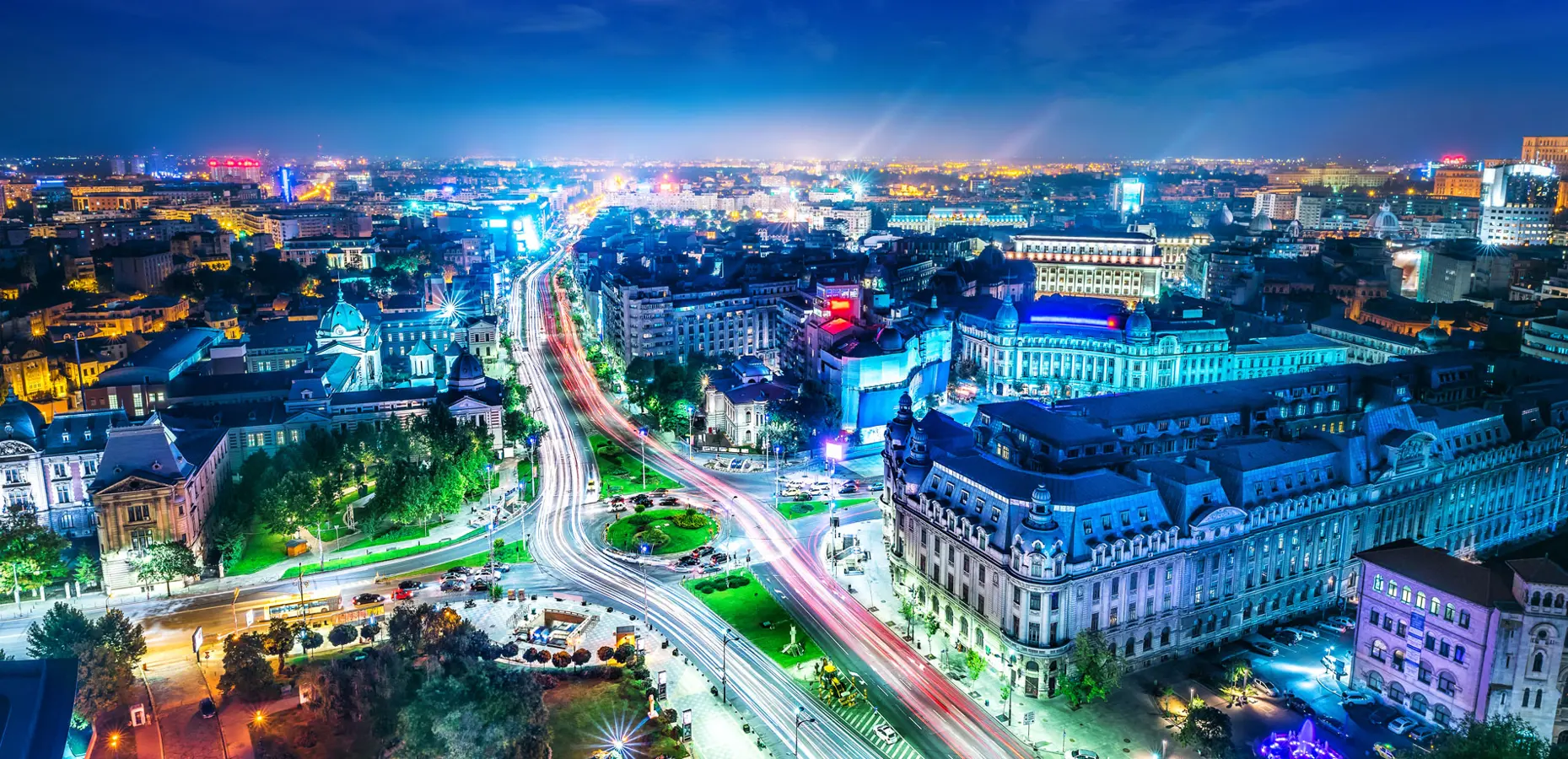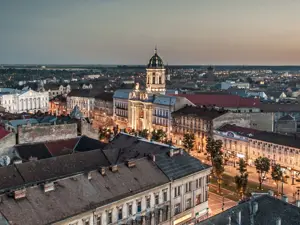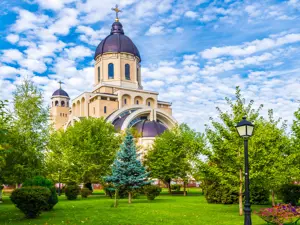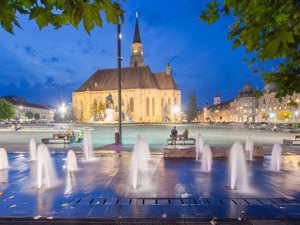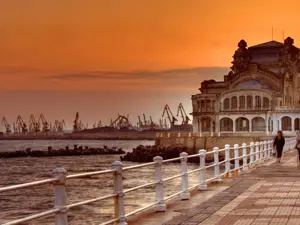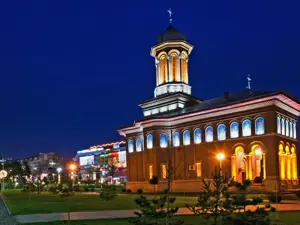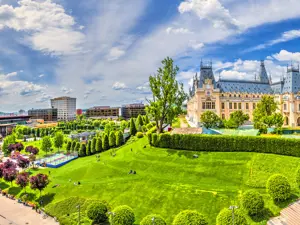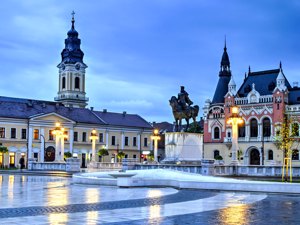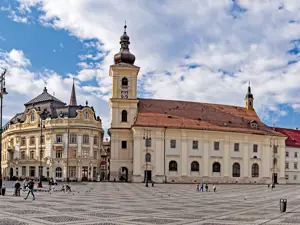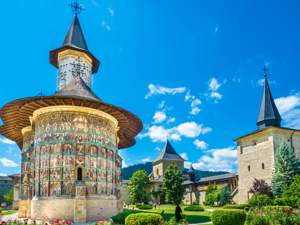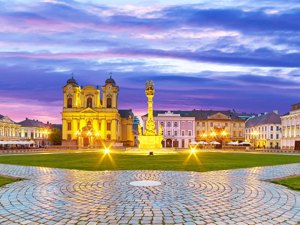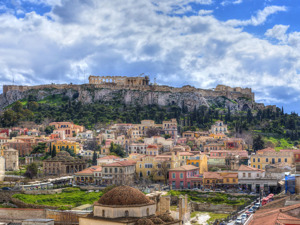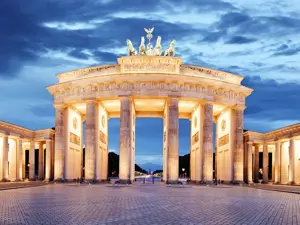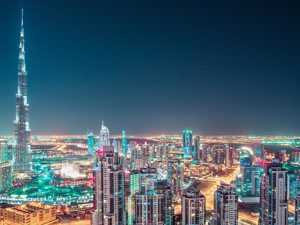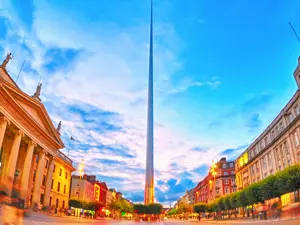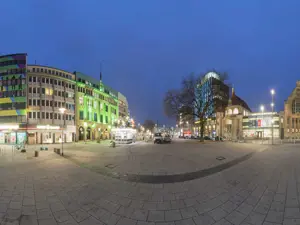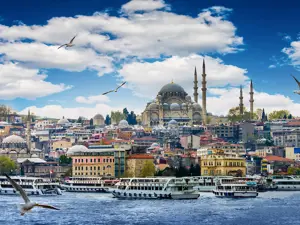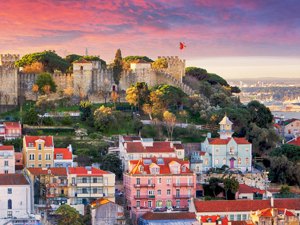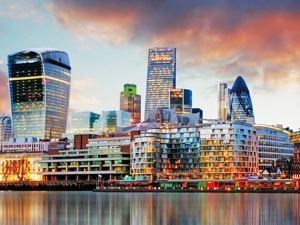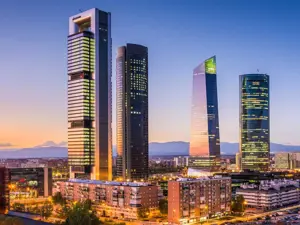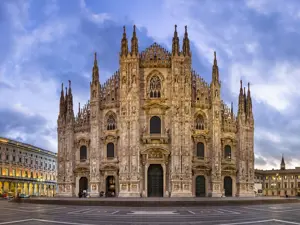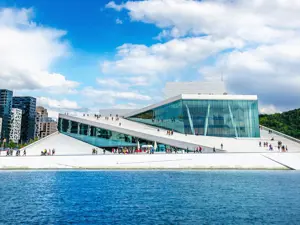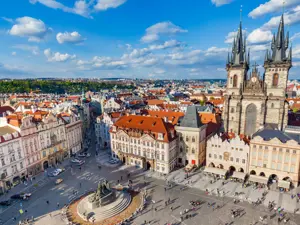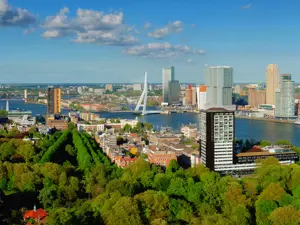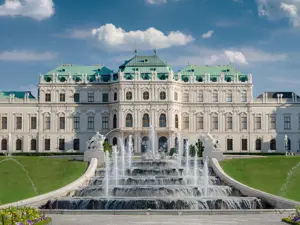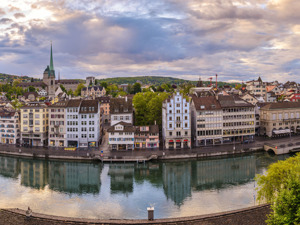The new face of Bucharest
Since 1989, after the fall of the communist regime, Bucharest is continuing its rebirth, having rediscovered the cultural fervour which has distinguished the city’s artistic, university and financial life since the fourteenth century.
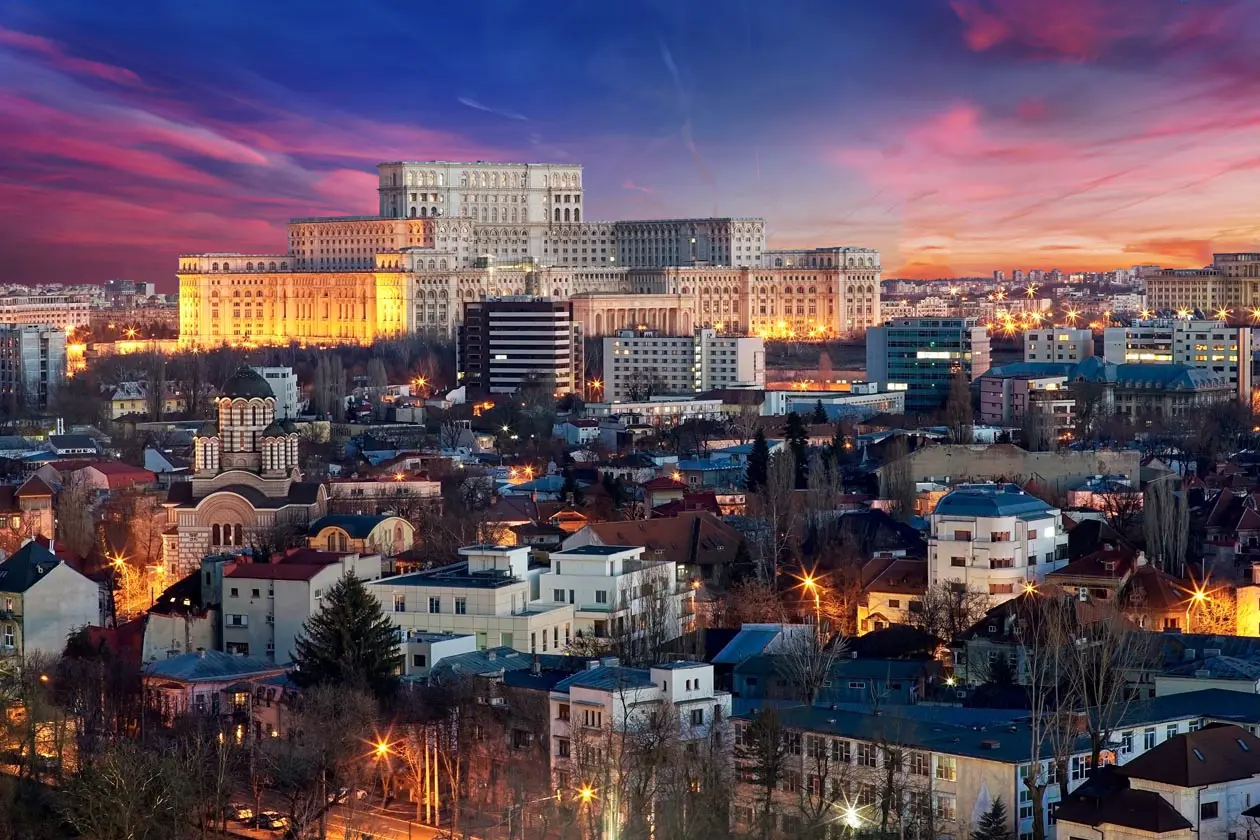
Bucharest. Photo: Copyright © Sisterscom.com / outchill / Depositphotos
The capital of Romania, often described as the Pheonix, has returned to offer its former welcoming charm and magnificence, which in medieval times created the so-called “Court of Princes” and later beautiful buildings and churches with refined decorations. Although far-removed from the cosmopolitan character of past times and from the essence of the Belle Epoque, Bucharest has been projected into a modern dimension which draws experience from its identity.
The little Paris
Remodelled in the nineteenth century by French architects and Romanian designers trained in France, Bucharest resembles Paris, and even features its own “Arc de Triomphe”. This Arch of Triumphe dominates a square from which wide tree-lined roads radiate, and one of these, Soseaua Kiseleff, is longer than even the famous Champs Elysées in the “Ville Lumiere”. Between the two World Wars, Romania became known as “Little Paris” because of this French-inspired architecture and also because of the cultural life that animated the country.
Some of the beautiful historic districts in the centre of Bucharest were knocked down at the start of the Ceausescu regime. However a legacy of this regime is the current seat of the Romanian parliament. A building of more than a thousand rooms, it is second in size only to the US Pentagon. One of the most visited monuments in Romania, it reflects the work of great Romanian architects and craftsmen. The materials used for its construction, from marble to glass, and the interior furnishings such as carpets, curtains and lamps, were all made in Romania.
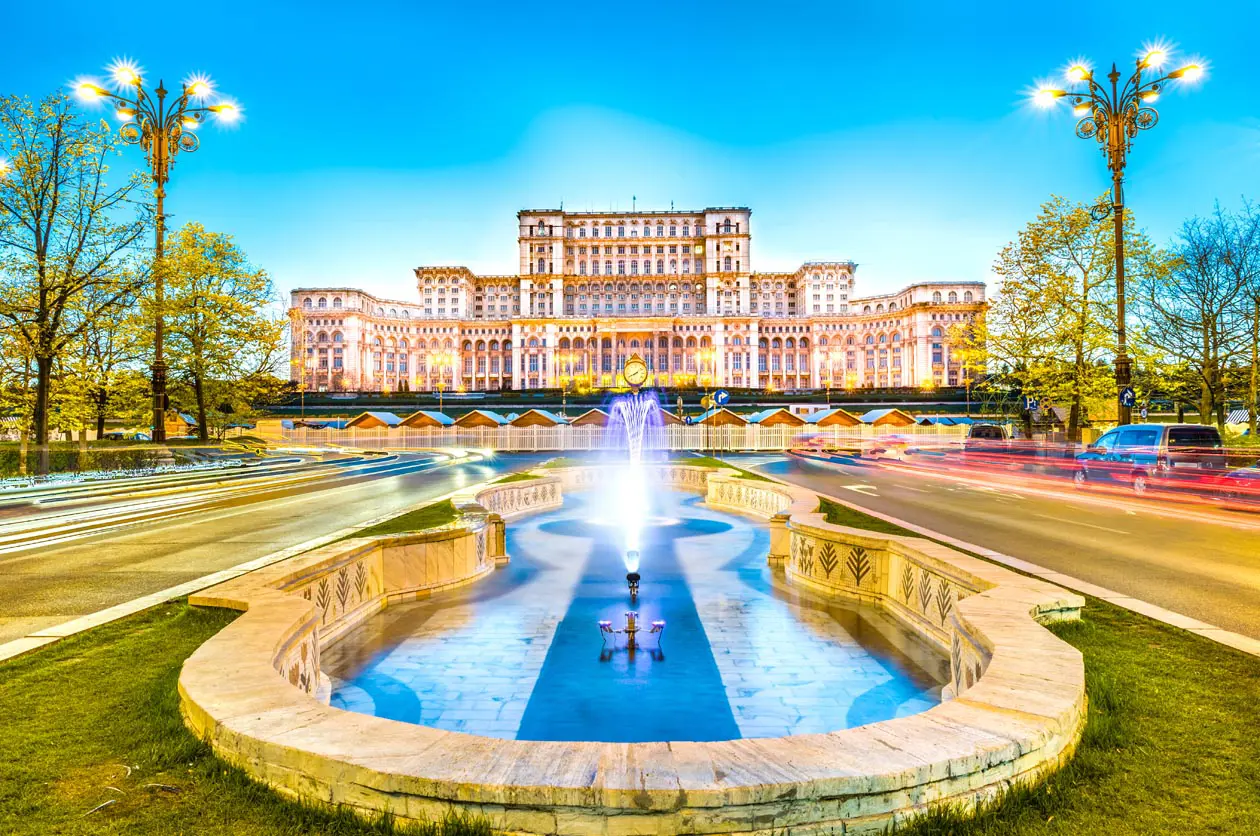
Romanian parliament. Photo: Copyright © Sisterscom.com, Shutterstock
A tour of the capital includes many places of interest. It begins with the Arch of Triumph, built in 1936, and moves on to the Romanian Opera House and then Manuc’s Inn, two centuries old and a real architectural surprise located in the busiest area of Bucharest. Built in wood, it is a hotel, restaurant and inn, with a summer garden.
The university, founded in 1865, is one of the symbols of Romanian architecture and a centre for classical music. The Stavropoleos Orthodox Church, situated behind the old post office building (currently the National History Museum), is a richly decorated building. There are numerous museums in the city.
The university, founded in 1865, is one of the symbols of Romanian architecture and a centre for classical music. The Stavropoleos Orthodox Church, situated behind the old post office building (currently the National History Museum), is a richly decorated building. There are numerous museums in the city.
The museums in Bucharest
The National Art Museum, housed inside the former royal palace, preserves more than 70,000 works of art. Immersed in the gardens of the Herastrau Park, on the banks of the lake of the same name, the Village Museum features a collection of 350 traditional buildings from all over the country, and more than 100,000 original domestic items, which reconstruct rural life in Romania between the seventeenth century and the beginning of the twentieth century.
Other important places to visit are the Farming Museum, with its collection of wooden farming tools; the Art Museum, which houses important works from private collections; the Natural History Museum; the George Enescu Museum, dedicated to the memory of the most famous Romanian composer (1881 - 1955); the Cotroceni Museum in the Cotroceni building, the official residence of the President; the Jewish Community Museum and the Military Museum.
In the surroundings of Bucharest
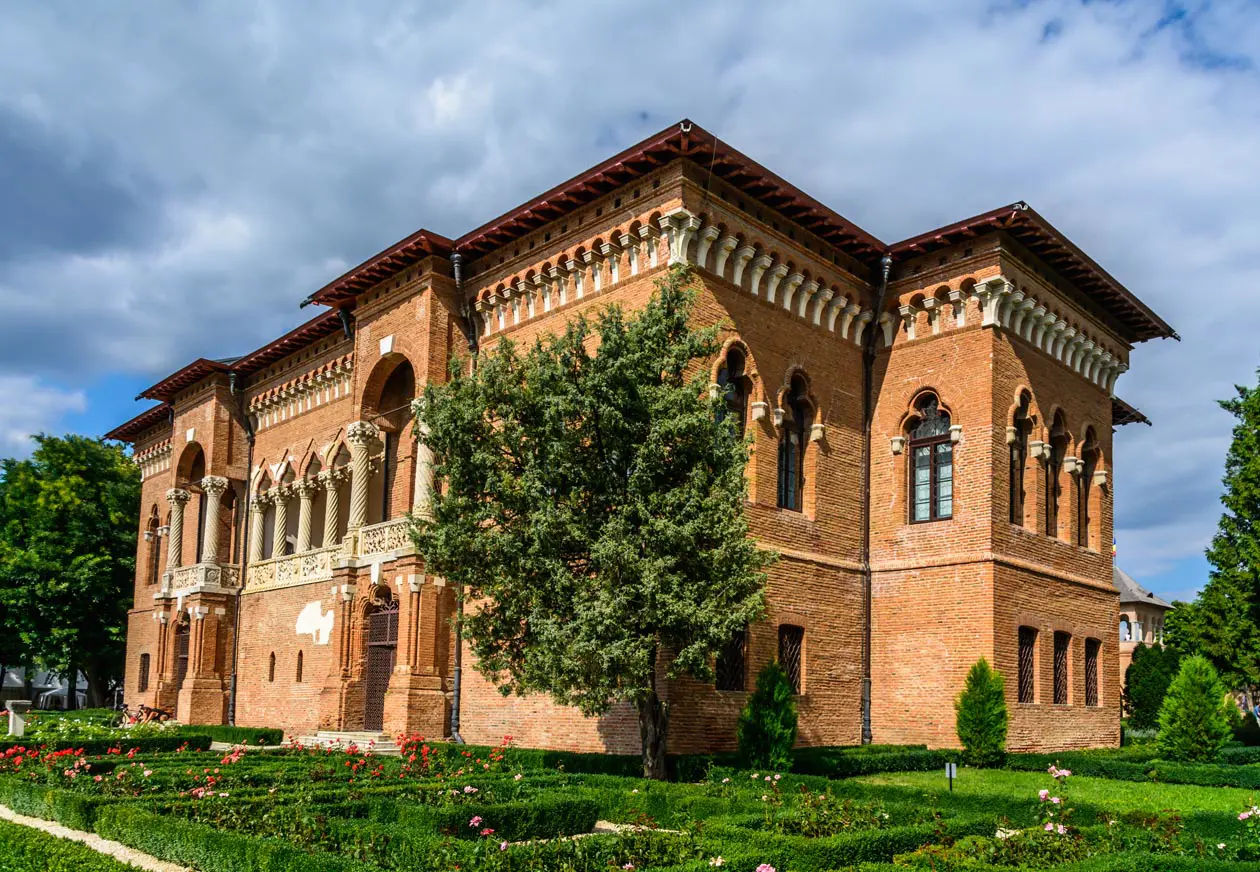
The Mogosoaia Palace. Photo: Copyright © Sisterscom.com, Shutterstock
In the area around the capital, places to visit include the Cernica lake and monastery, the Snagov forest and lake, and the monastery where Prince Vlad Tepes, the person who inspired Bram Stoker’s Dracula, is supposedly buried. The Mogosoaia Palace is 14 km from Bucharest. This building houses the Feudal Art Museum and is a splendid example of architecture, combining local elements with Italian art. Its profile is reflected in the waters of the lake creating a picturesque atmosphere.
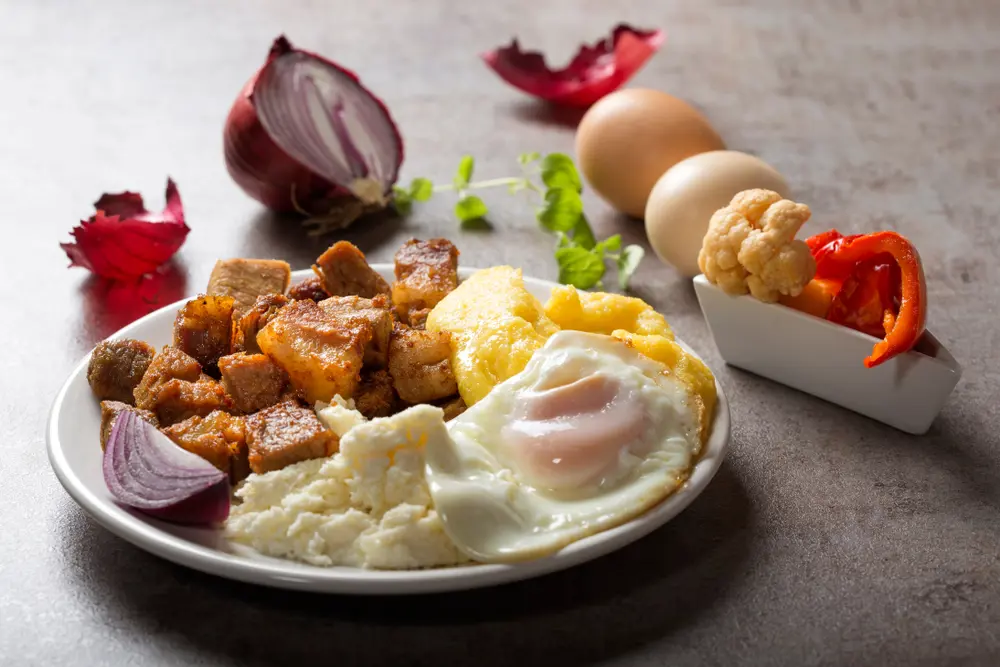
Romanian specialties
Romanian cuisine has been influenced by the culinary traditions of the people (the Dacians, the Romans, the Ottoman Empire and the Austro-Hungarian Empire) with which it is in contact and which are the basis of today's Romanian gastronomy.
The dishes to taste are: marmalinga (corn polenta) Ciorba de burta (tripe soup) and the torchitura (pork stew served with sheep's cheese, eggs and polenta).
Text by Luca Lembi
Updated by Alisè Vitri
Avion Tourism Magazine
Photos for editorial use only: Copyright © Sisterscom.com, Shutterstock / Depositphotos
Copyright © Sisterscom.com All rights reserved.
Tourism Board
www.romania.travel
Partnership with Booking.com
Where to sleep in Bucharest
Bucharest. Photo: Copyright © Sisterscom.com, Shutterstock
Bucharest is a welcoming city and offers different possibilities for accommodation.
To find the ideal hotel and the best offers you can do a search for the stars but also for districts or landmarks.
DISTRICTS
Hotels in the districtS
LANDMARKS
Hotels in tourist areas
WHERE TO GO in bucharest
Monuments in Bucharest
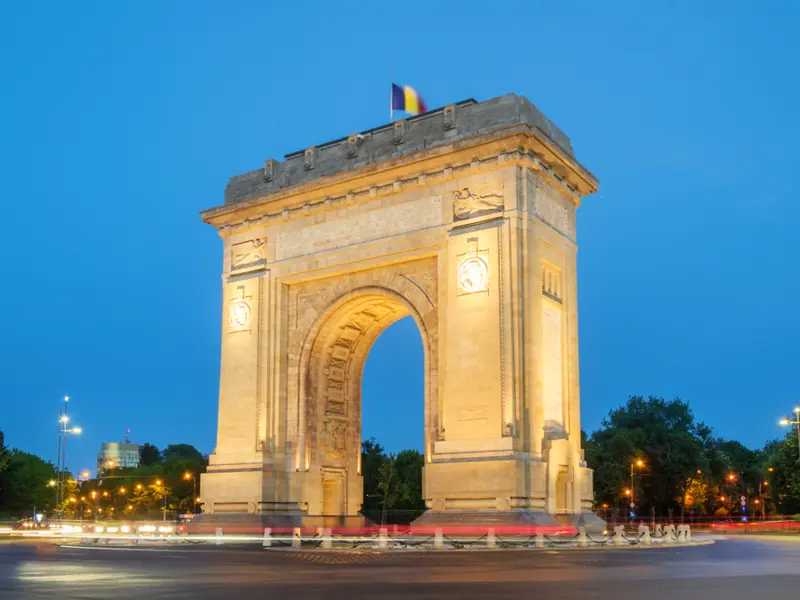
Bucharest. Photo: Copyright © Sisterscom.com, Shutterstock
THE ARCH OF TRIUMPH
The Arch of Triumph (Arcul de Triumf) was initially built in wood in 1922 to honour the courage of Romanian soldiers who fought in the First World War. Designed by the architect Petre Antonescu, the Arc stands 85 feet high. An interior staircase takes visitors to the top for a panoramic view of the city.
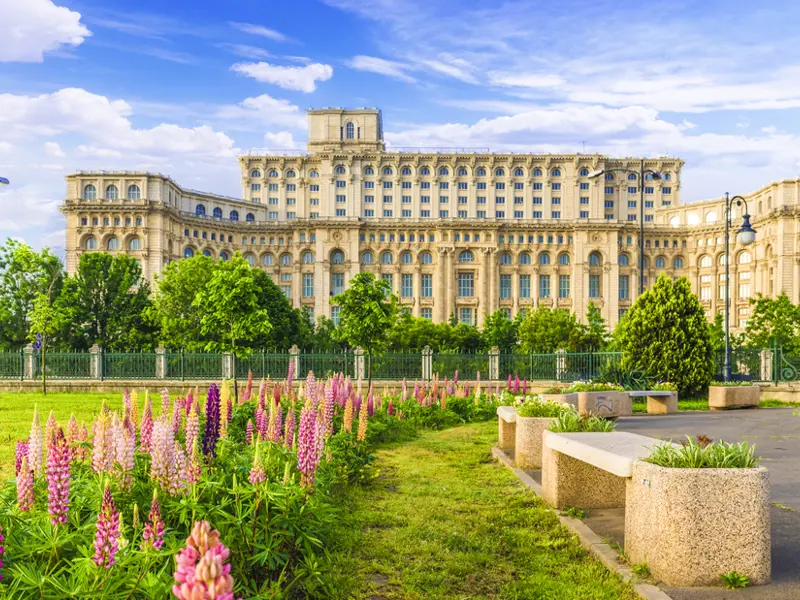
Bucharest. Photo: Copyright © Sisterscom.com, Shutterstock
THE PARLIAMENT PALACE
The Parliament Palace is the achievement of a dream of the last communist leader of Romania, Nicolae Ceausescu. The building, that was to be the “People’s House”, is today the head office of the Romanian Parliament. Built and furnished exclusively with Romanian materials, the building reflects the work of the country's best artisans. A guided tour takes visitors through a small section of huge and luxurious halls with many crystal chandeliers. It is second in size only to the US Pentagon.
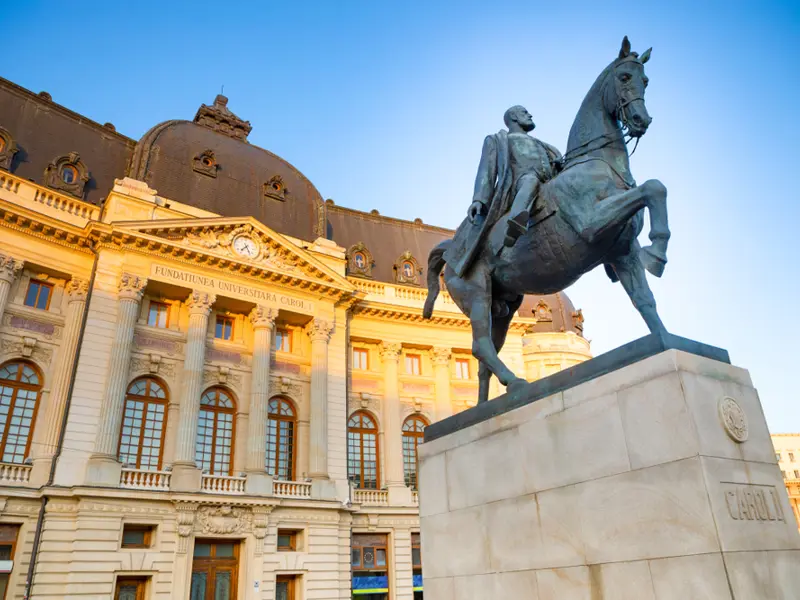
Bucharest. Photo: Sisterscom.com, Shutterstock
THE ROYAL PALACE
The Royal Palace, that was built in neo-Classical style between 1927 and 1937, was the home of the King Carol II and his son, King Mihai I, until 1947, when the monarchy was abolished in Romania. Today, the Royal Palace is head office of the National Art Museum that houses works created by the most important Romanian and foreign artists: Aman, Grigorescu, Andreescu, Rembrandt, Rubens, El Greco, Monet, Renoir, Breughels and Cezanne.

Bucharest. Photo: Copyright © Sisterscom.com, Shutterstock
ATENEO ROMENO
Is the work of French architect Albert Galleron, who also designed the National Bank of Romania. The Athenaeum was completed in 1888 and financed almost entirely with money donated by the public. The Romanian Athenaeum (Ateneul Roman), with its high dome and Doric columns, resembles an ancient temple. The internal lobby, decorated with gold leaf, is extremely beautiful.
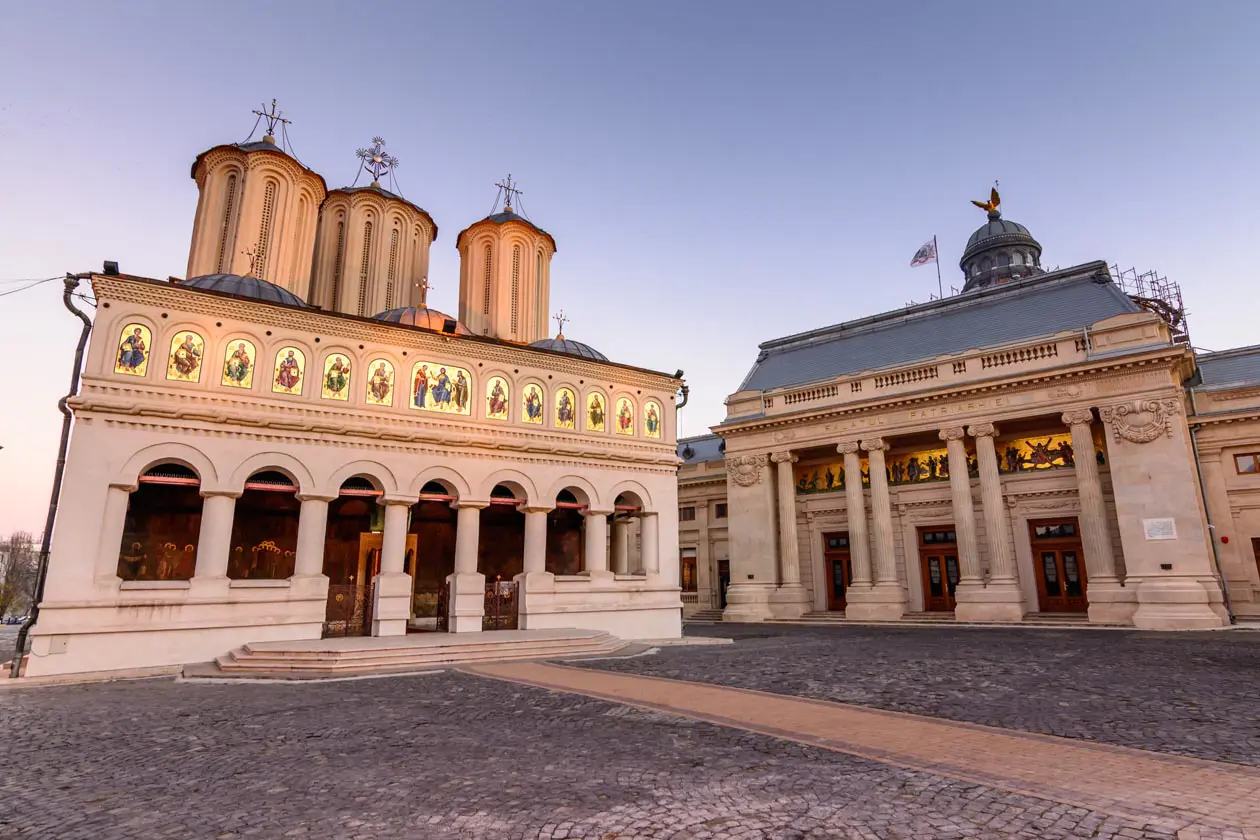
Bucharest. Foto: Copyright © Sisterscom.com / vladsogodel / Depositphotos
METROPOLITAN CHURCH
The Metropolitan Church (Biserica Patriarhiei) is situated on a hill and was the centre of the Romanian Orthodox faith since the seventeenth century. The church was built by Constantin Serban Basarab between 1656 and 1658. Alongside the church there is the Patriarchal Palace (closed to the public), the residence of Teoctist, the supreme leader of the Romanian Orthodox Church.Museums in Bucharest
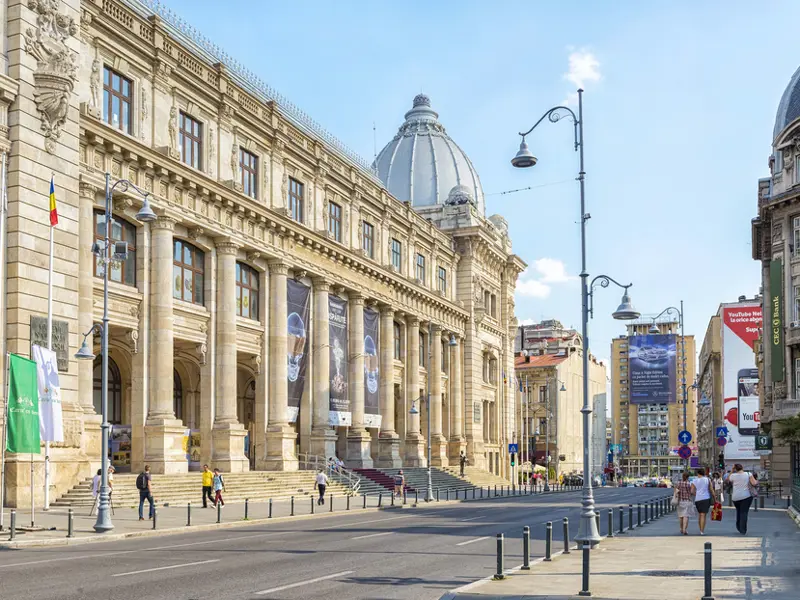
Bucharest. Photo: Copyright © Sisterscom.com, Shutterstock
NATIONAL ART MUSEUM
Romania's leading art museum was founded in 1948. Located in the Neoclassical former Royal Palace, the museum currently exhibits over 100,000 works divided into two major sections. Its National Gallery features the works of major Romanian artists, including Grigorescu, Aman and Andreescu. The European Gallery, about 15 rooms, displays “art gems” of El Greco, Monet, Rembrandt, Renoir, Breughels (father and son) Cezanne and Rubens.
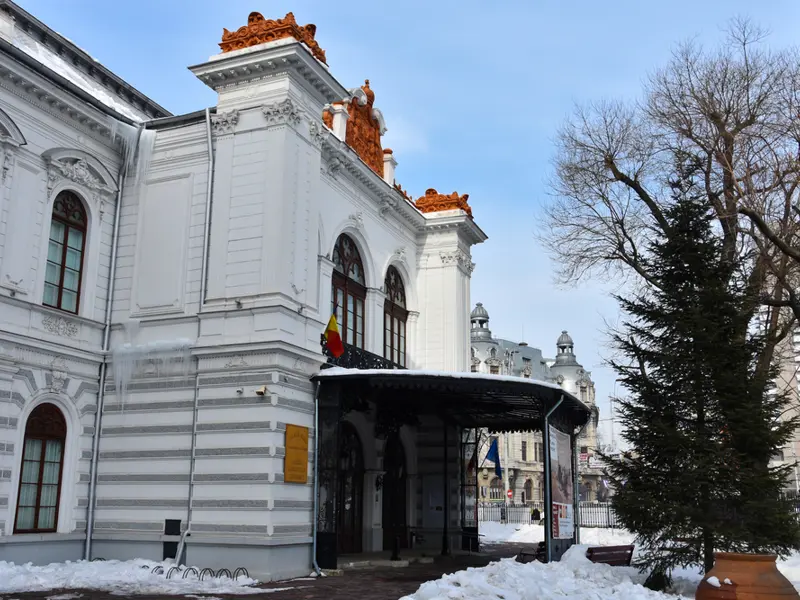
Bucharest. Photo: Copyright © Sisterscom.com, Shutterstock
BUCHAREST HISTORY AND ART MUSEUM
Housed in the Neoclassical Sutu Palace (1834), the museum features some 300,000 artifacts, from coins, books, maps, engravings, paintings, arms and furniture to old traditional costumes. Among the most valuable exhibits there are the document attesting for the first time the name of the city of Bucharest, issued by Vlad Tepes in 1459, and a sword set in precious stones that belonged to Prince Constantin Brancoveanu (1688-1714).
Excursions in Bucharest
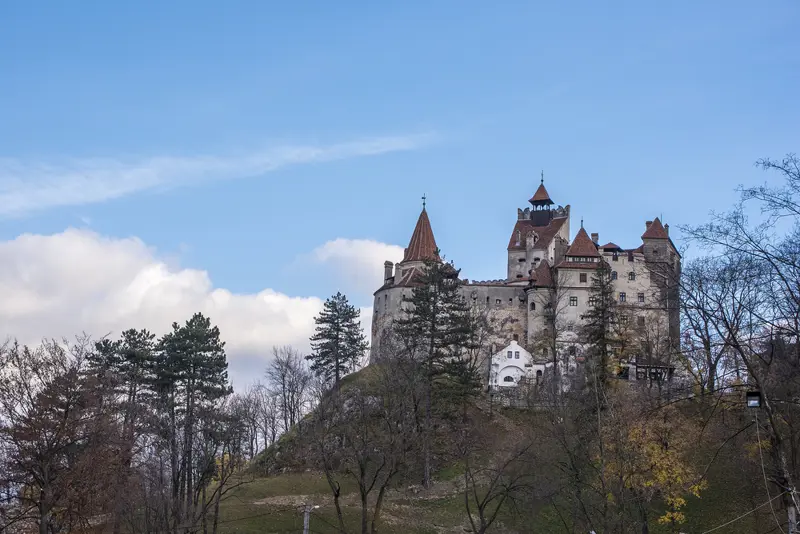
Bucharest. Photo: Copyright © Sisterscom.com, Shutterstock
BRAN CASTLE
Best known as Dracula’s Castle, Bran Castle was built in 1377 on the orders of Louis I of Hungary as a customs point and bastion to defend the city of Brasov (approximately 160 km from Bucharest). Today Bran Castle is a museum and exhibits a rich collection of Romanian and foreign furniture and art items from the XIV to the XIX century.
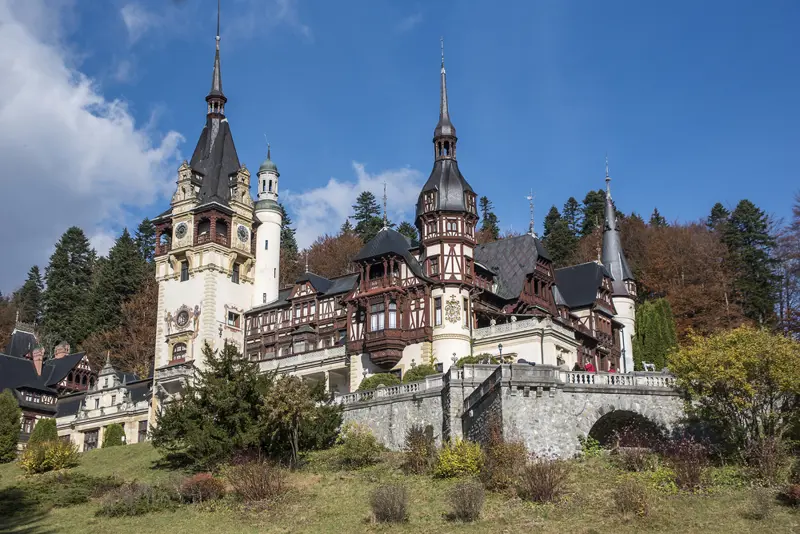
Bucharest. Photo: Copyright © Sisterscom.com, Shutterstock
PELES CASTLE
From Bucharest you can make an excursion to Sinaia to see Peles Castle, the former residence of the sovereigns of Romania, where you can admire sculptures, paintings, furniture, ornamental objects, carpets, tapestries and collections of weapons from the XV to the XIX century. Sinaia is also an ideal tourist destination for lovers of winter sports.
Partnership with GetYourGuide
Tours and excursions
News & Useful info
Luxury
You might be interested in
Destinations found in the vicinity
Other destinations
Airports nearby Bucharest

